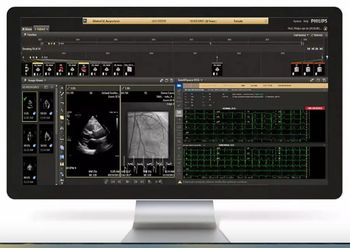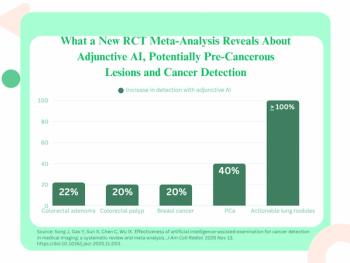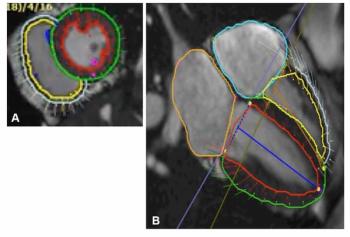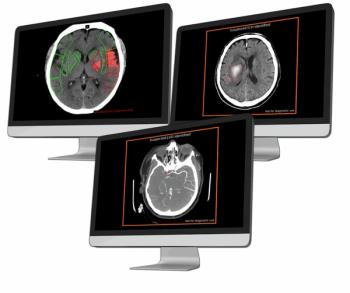
Picker Wins FDA 510(k) Clearance For SPECT Attenuation Correction
STEP is first transmission/emission product on marketPicker Internationalgot the go-ahead last week from the Food and Drug Administrationto market its attenuation correction upgrade to eliminate artifactsin cardiac SPECT images. The Cleveland vendor
STEP is first transmission/emission product on marketPicker Internationalgot the go-ahead last week from the Food and Drug Administrationto market its attenuation correction upgrade to eliminate artifactsin cardiac SPECT images. The Cleveland vendor becomes the firstcompany to market a product using simultaneous transmission andemission of radiation to correct cardiac attenuation artifacts.
Picker unveiled its simultaneous transmission/emission protocol(STEP) as a work-in-progress at last year's Society of NuclearMedicine meeting (SCAN 8/11/93). The protocol uses an externalline source of radioactivity to map areas of the body that canattenuate gamma rays emitted from the heart.
Transmission/emission attenuation correction has become oneof the hottest new technologies in cardiac SPECT. At this month'sSNM conference, several other vendors will be unveiling theirwork in cardiac attenuation correction, including ADAC Laboratoriesand Toshiba America Medical Systems. Siemens debuted its workin the area as a work-in-progress at the 1993 SNM meeting.
Picker, however, will be in the catbird seat as the only vendorwith a product on the market. FDA clearance was received six monthsafter the company filed its 510(k) application, according to DavidArchibald, nuclear medicine marketing manager.
During a cardiac SPECT exam, attenuation artifacts can be createdby breasts or the diaphragm. The artifacts can resemble a perfusiondefect in the myocardium. They are more difficult to deal withthan those encountered in noncardiac procedures because they arenonuniform and are not spread equally around the area being imaged.
Experienced nuclear medicine specialists have learned to takeattenuation artifacts into account when interpreting cardiac SPECTimages. But removing the artifacts altogether will increase theirlevel of confidence when reading exams, according to Archibald.
"Even the most experienced clinicians would have to sometimesquestion what they are seeing with their eyes," Archibaldsaid. "For anyone who has not had a great deal of experiencein reading thallium or technetium myocardial images, their confidencewould be increased greatly if they had STEP to eliminate the artifacts."
Picker's technique was developed in coordination with the Universityof Utah for the vendor's Prism 3000 triple-head gamma camera.STEP uses an external line source of either gadolinium or cobalt-57mounted on the camera's gantry opposite one of its detector heads.The protocol also uses Picker's CardioFan fan-beam collimators.
During STEP, the external line source creates a map of thetissue and organs that attenuate thallium or technetium emissionscoming from the myocardium. STEP then uses an iterative reconstructionalgorithm to subtract the attenuation map from SPECT images.
Picker is marketing STEP as an option on new Prism 3000 camerasand as an upgrade for cameras in the field. STEP costs about $50,000on a new camera and slightly more as an upgrade.
The introduction of STEP and techniques like it should havea major impact on cardiac SPECT imaging, Archibald said.
"If you talk to any clinician who is doing cardiac workand ask what is the most problematic situation that they dealwith on a daily basis, it would be nonuniform attenuation andthe artifacts they cause," Archibald said. "The factthat most companies will have a work-in-progress for a STEP-typedevice would indicate its importance for clinicians."
Newsletter
Stay at the forefront of radiology with the Diagnostic Imaging newsletter, delivering the latest news, clinical insights, and imaging advancements for today’s radiologists.





























